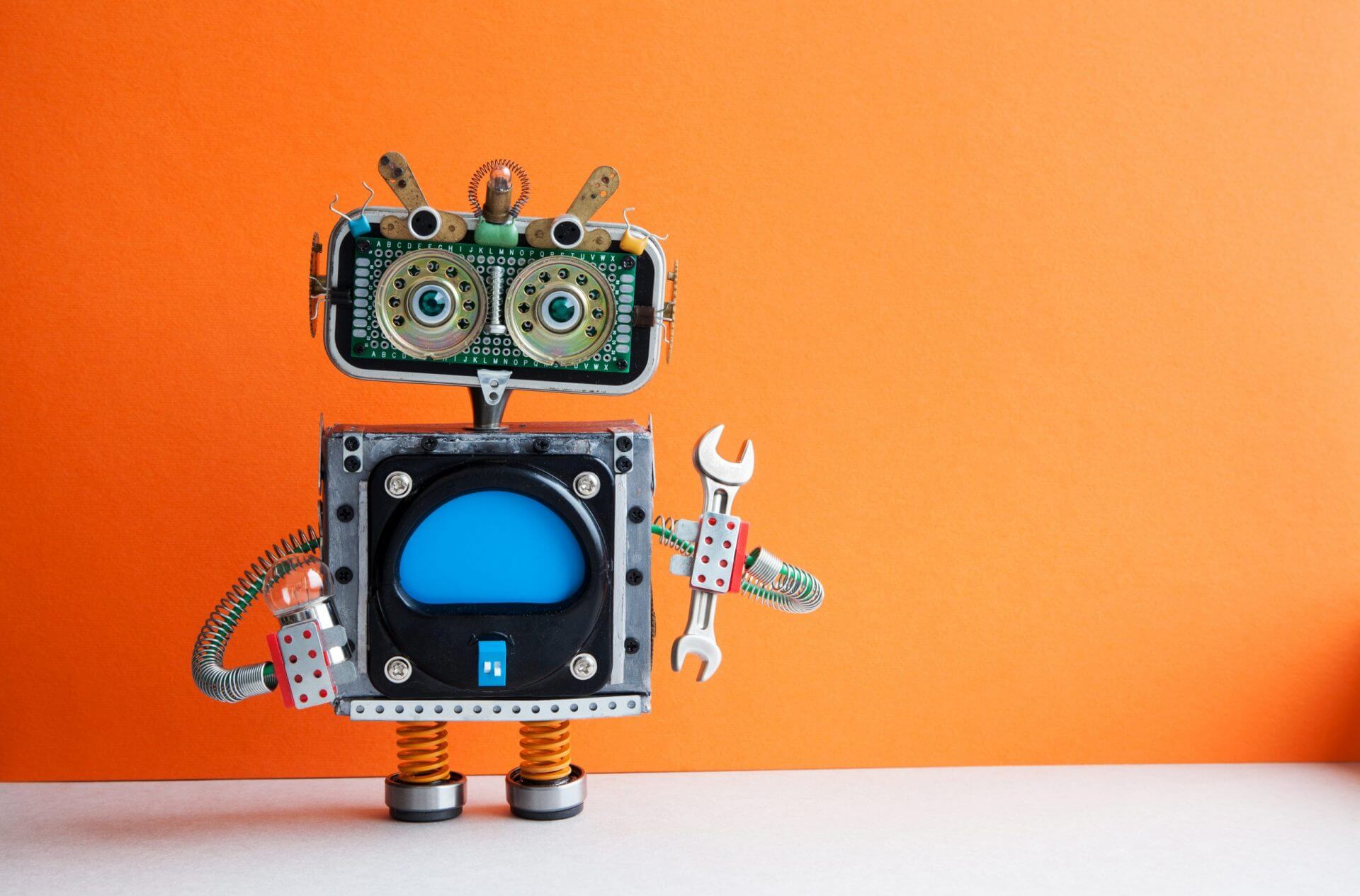Want a heads up when a new story drops? Subscribe here.
We exist in an age where technology advances faster than we can keep up with it. Despite our good intentions, technology and intelligence will inevitably fall into the wrong hands. Cybersecurity threats are happening every second of the day, and while nothing is guaranteed, one thing is certain: technology advancements are not slowing down. Even without the worldwide COVID-19 pandemic, it is imperative to build better security measures using data analysis and predictions.
If we choose not to improve our cybersecurity around specific predictions such as; artificial intelligence, cloud services and IoT devices, the innovations and investments we build will eventually fuel and fund cyberterrorists.
Artificial Intelligence
We are years away from when AI and machine learning (ML) was just a theory and the basis for science fiction movies. Today, AI and ML are a part of every program and every device, from simple auto-correct on our mobile devices to massive data-analysis applications. AI is without a doubt, a beneficial and crucial part of the first line of defense in cybersecurity. Its ability to detect and remediate cyberattacks without draining human IT resources makes its value priceless, but cybercriminals are capitalizing on the deficits of AI and counting on the lack of consumer education to leverage their time and attacks. Attackers are using AI to execute multiple attacks by relying on programmed code to do the dirty work.
Weaknesses in security infrastructure
When cybercriminals use their own human and artificial intelligence to figure out what a security program is looking for, they can create solutions that avoid detection and self-learn patterns for every device and network. As director Justin Fier of cyber intelligence and analytics at Darktrace puts it, “Malicious AI will be almost impossible for humans alone to detect or stop.” AI is entering a space that requires a user’s understanding and cooperation to keep up and fight the malicious and criminal backed artificial intelligence. In order to create better AI cybersecurity, we need more human intelligence to create better artificial intelligence.
Dissolving the Cloud
In the past, malware attacks have bankrolled cybercriminals’ extracurriculars by going after industries that require constant access to their technology platforms; banks, hospitals, governments, and the like. As more businesses move their data to cloud platforms, there will likely be a massive dissolution as ransomware targets cloud-based servers and assets.
Internet of things (IoT)
The average home utilizes no less than 10 IoT devices every day, that number can be tripled for small businesses. People and corporations are connected in ways like never before, from smartwatches and baby monitors, to light switches and doorbells. While these devices are made to simplify tasks, reduce overhead costs and streamline processes, they are all back doors to an experienced hacker.
The constant exchange of data that occurs through IoT devices is a cherry-picking paradise for hackers. Research from Gartner, Inc (2015) suggests that 21 billion IoT devices will circulate the marketplace by the end of 2020. With nearly all IoT devices having the ability to connect to the cloud – the threats are limitless.
Extortion of weaknesses in infrastructure
Cybercriminals and cyberterrorists know their targets, and the potential monetary losses for a company equal a monetary gain for extortionists in 2020. Ransomware is evolving and targeting organizations in a customized manner, capitalizing on the weaknesses in operations. These advancements and upgrades will penetrate traditional security protocols and create a cat and mouse game that drains an organization’s resources. The average cost of a ransomware attack to a business is $133,000 and with the US ranking highest among those attacks, it is time to strengthen our cybersecurity.
How Socialfix is here for you
As we all adjust to this rapidly changing economy, our team of experts is working at maximum capacity to keep you updated and informed.
We encourage you to follow legitimate and official sources and to always use a security solution on your devices that will protect you from phishing, fraud and malware.




